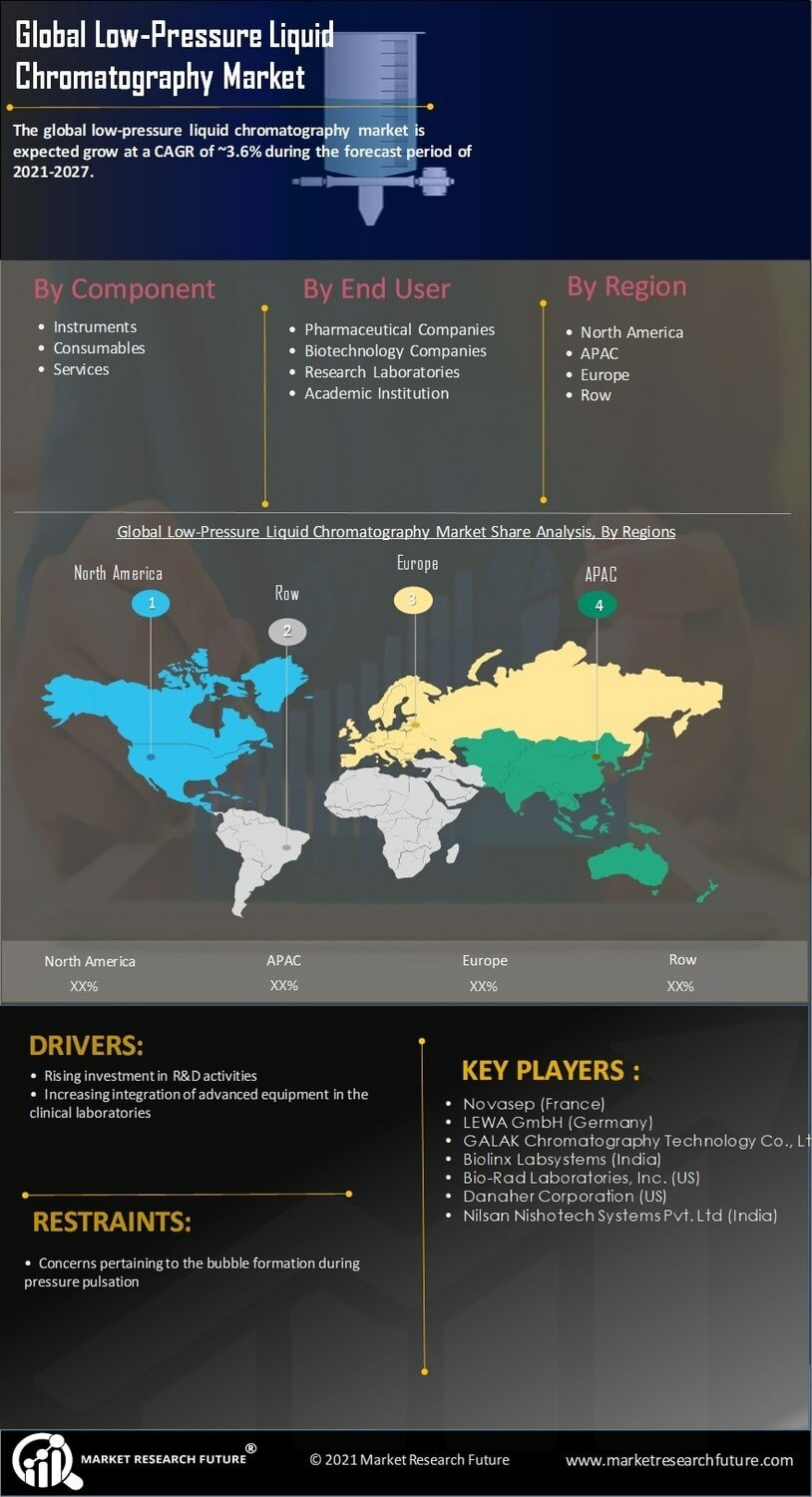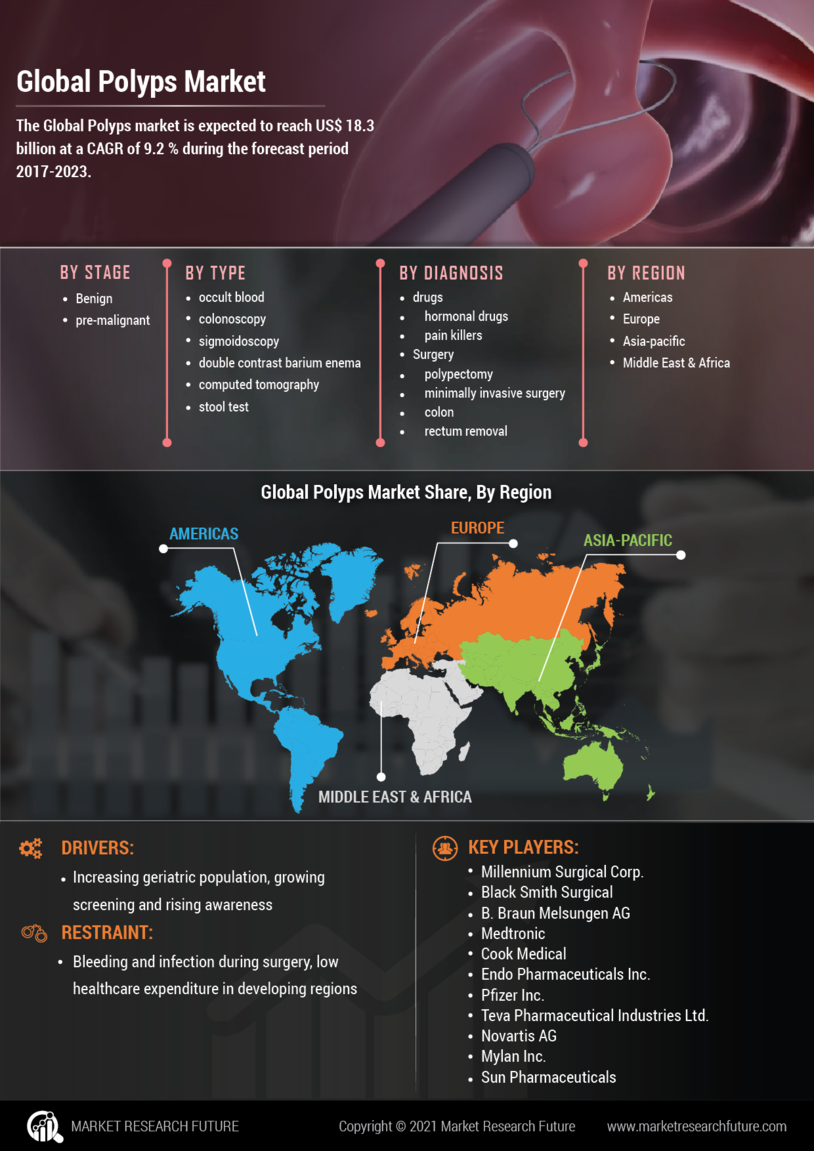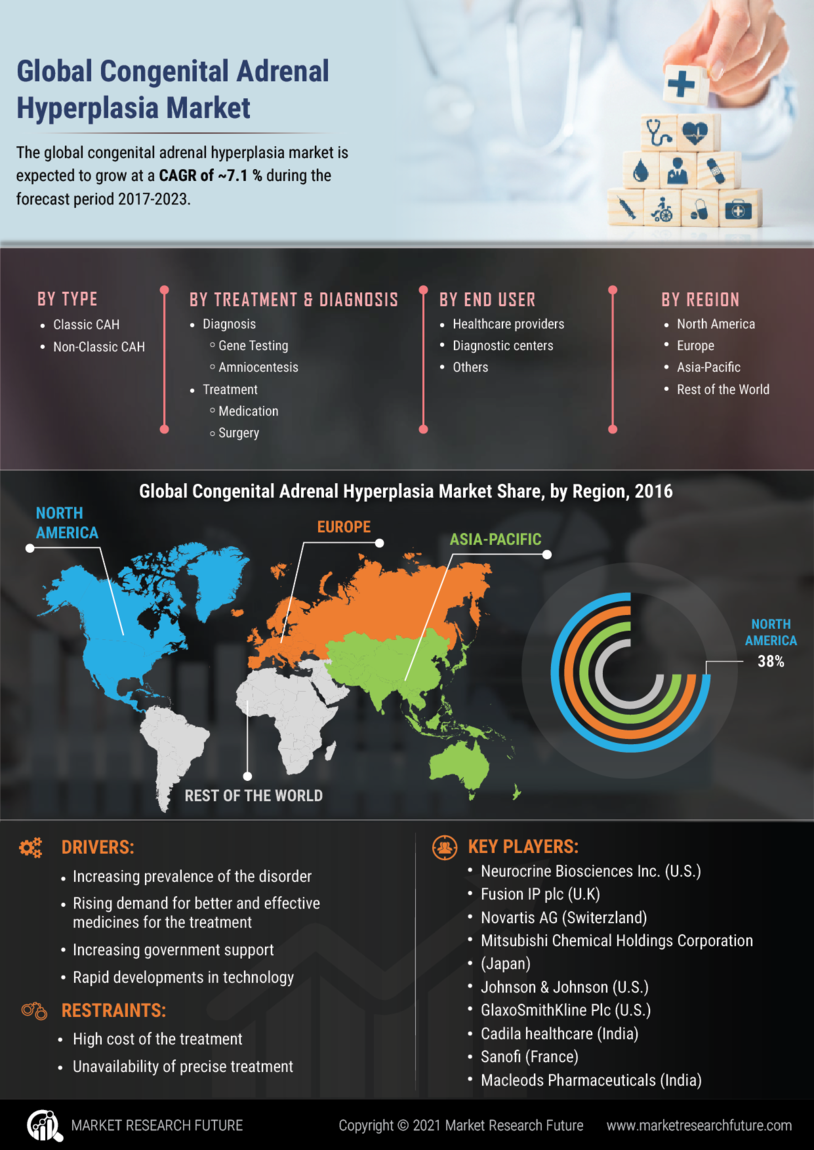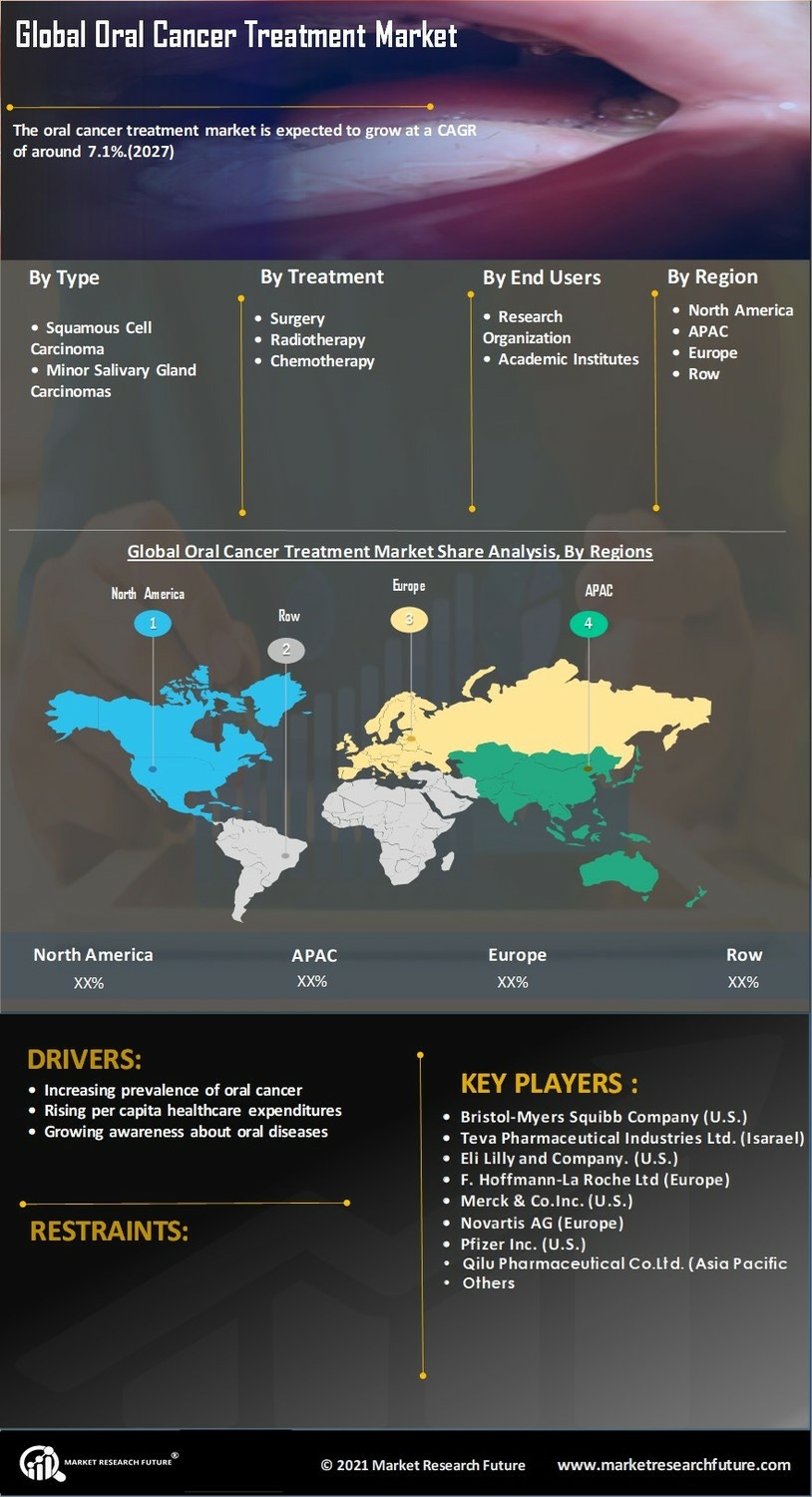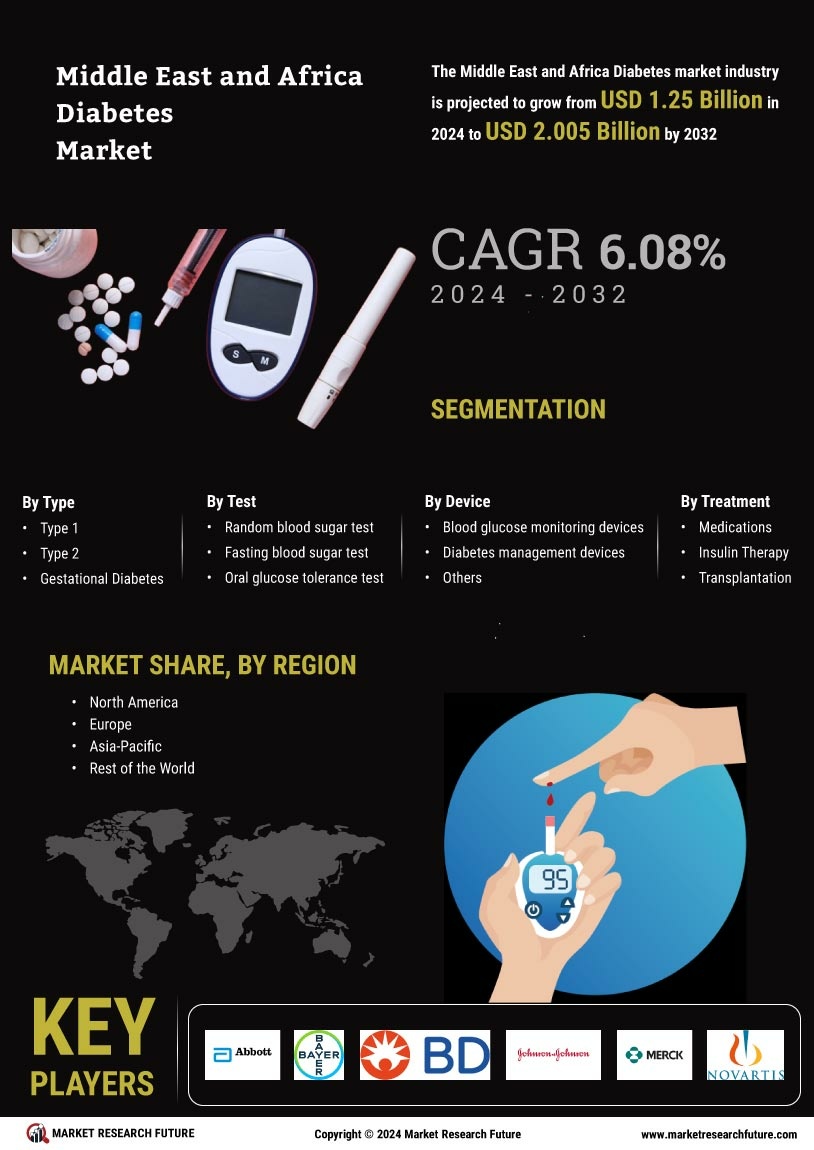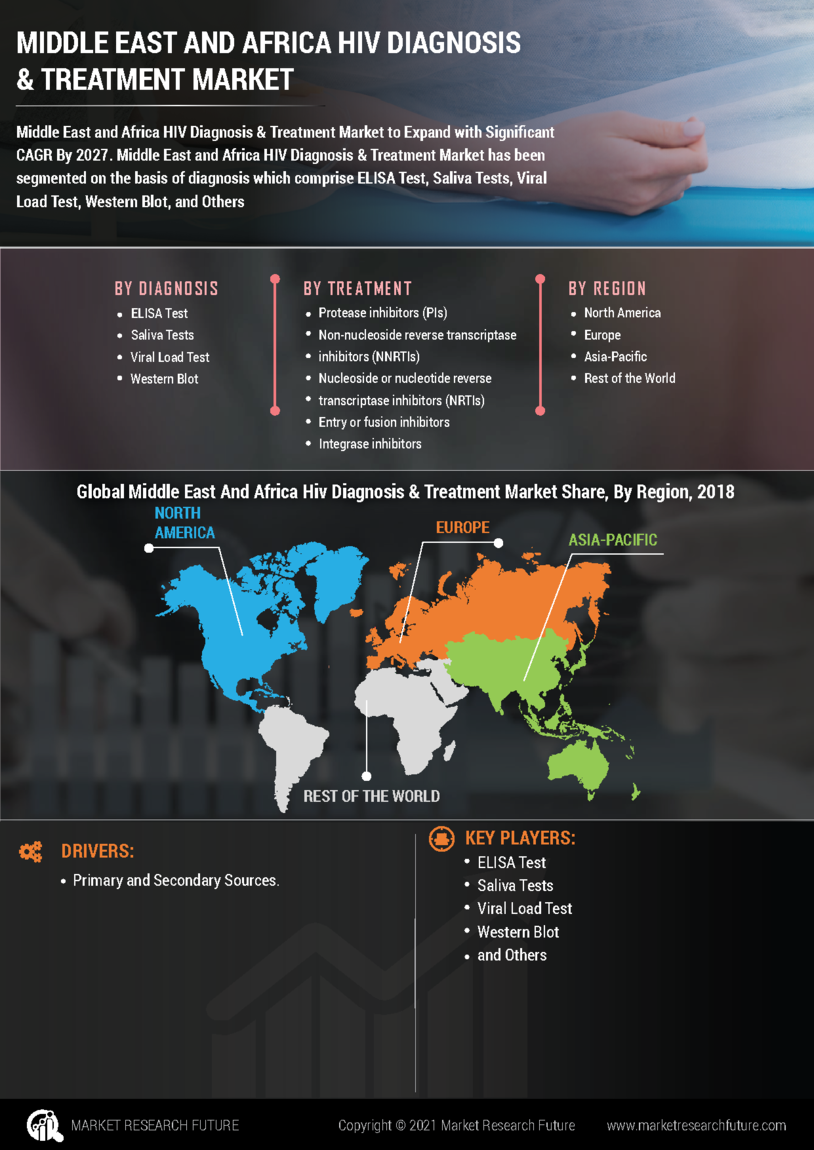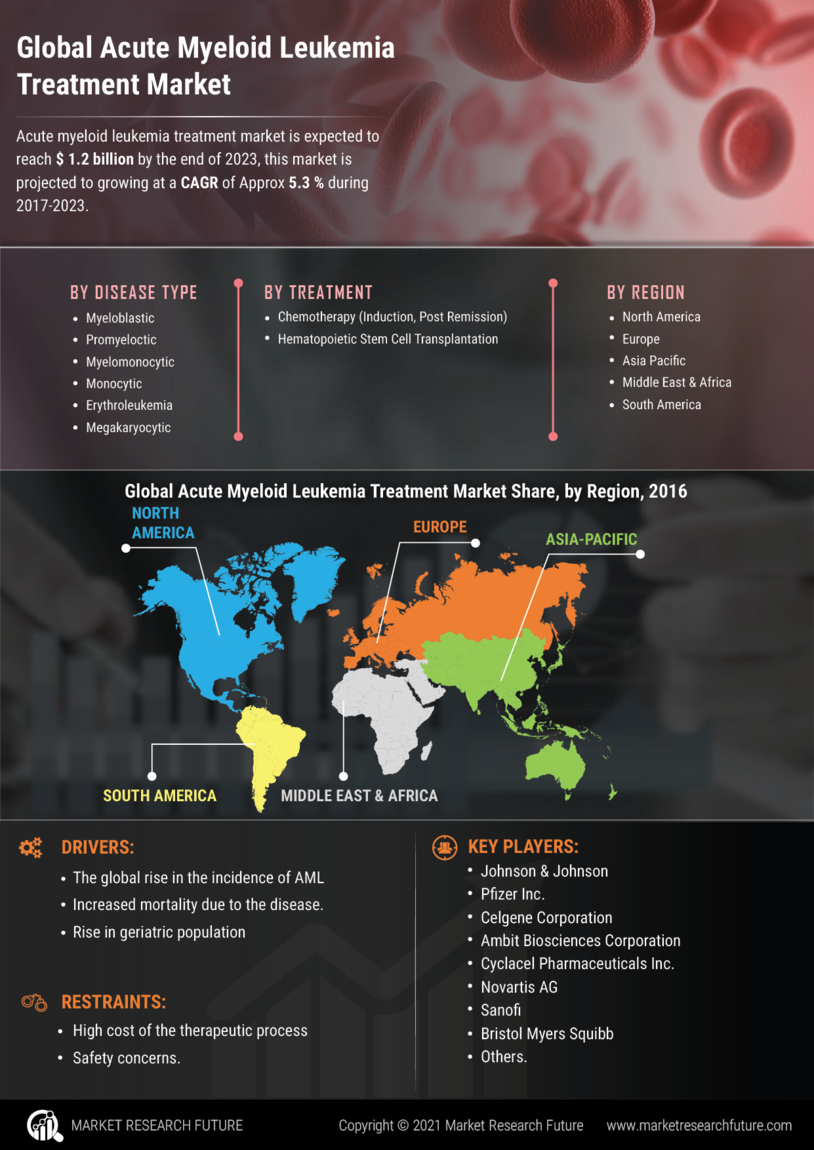Strategic Business Insights in the UK Dental Prosthetics Market
The UK Dental Prosthetics Market Business Insights
focus on how companies are leveraging technology, partnerships, and customer-centric strategies to remain competitive. Leading dental laboratories and clinics are integrating digital workflows to improve turnaround times, reduce errors, and enhance product quality. Partnerships with technology providers and software developers are also accelerating innovation, allowing practitioners to access cutting-edge design and fabrication tools. Business models are shifting toward value-added services such as integrated oral rehabilitation, which combines restorative, prosthetic, and cosmetic treatments. This approach not only increases patient satisfaction but also boosts revenue for dental providers.
Ref - https://www.marketresearchfuture.com/reports/uk-dental-prosthetics-market-21630
Furthermore, venture capital and private equity investments are fueling growth, particularly in start-ups focused on digital dentistry and AI-driven prosthetic design. Companies are also emphasizing workforce training and upskilling to meet the growing demand for skilled technicians. Sustainability is increasingly becoming part of business strategies, with firms adopting eco-friendly materials and production methods. Data-driven decision-making, operational efficiency, and collaborative innovation are key pillars guiding growth. These business insights reveal that success in the UK dental prosthetics market depends not only on technological capability but also on strategic foresight, patient-centric solutions, and agile operational models.
FAQs
Q1. How are companies improving turnaround times?
A1. Through digital workflows and integrated fabrication technologies.
Q2. Why are partnerships important in dental prosthetics?
A2. They enable access to new technologies and enhance innovation.
Q3. How is sustainability addressed in the sector?
A3. By using eco-friendly materials and adopting sustainable production practices.
The UK Dental Prosthetics Market Business Insights
focus on how companies are leveraging technology, partnerships, and customer-centric strategies to remain competitive. Leading dental laboratories and clinics are integrating digital workflows to improve turnaround times, reduce errors, and enhance product quality. Partnerships with technology providers and software developers are also accelerating innovation, allowing practitioners to access cutting-edge design and fabrication tools. Business models are shifting toward value-added services such as integrated oral rehabilitation, which combines restorative, prosthetic, and cosmetic treatments. This approach not only increases patient satisfaction but also boosts revenue for dental providers.
Ref - https://www.marketresearchfuture.com/reports/uk-dental-prosthetics-market-21630
Furthermore, venture capital and private equity investments are fueling growth, particularly in start-ups focused on digital dentistry and AI-driven prosthetic design. Companies are also emphasizing workforce training and upskilling to meet the growing demand for skilled technicians. Sustainability is increasingly becoming part of business strategies, with firms adopting eco-friendly materials and production methods. Data-driven decision-making, operational efficiency, and collaborative innovation are key pillars guiding growth. These business insights reveal that success in the UK dental prosthetics market depends not only on technological capability but also on strategic foresight, patient-centric solutions, and agile operational models.
FAQs
Q1. How are companies improving turnaround times?
A1. Through digital workflows and integrated fabrication technologies.
Q2. Why are partnerships important in dental prosthetics?
A2. They enable access to new technologies and enhance innovation.
Q3. How is sustainability addressed in the sector?
A3. By using eco-friendly materials and adopting sustainable production practices.
Strategic Business Insights in the UK Dental Prosthetics Market
The UK Dental Prosthetics Market Business Insights
focus on how companies are leveraging technology, partnerships, and customer-centric strategies to remain competitive. Leading dental laboratories and clinics are integrating digital workflows to improve turnaround times, reduce errors, and enhance product quality. Partnerships with technology providers and software developers are also accelerating innovation, allowing practitioners to access cutting-edge design and fabrication tools. Business models are shifting toward value-added services such as integrated oral rehabilitation, which combines restorative, prosthetic, and cosmetic treatments. This approach not only increases patient satisfaction but also boosts revenue for dental providers.
Ref - https://www.marketresearchfuture.com/reports/uk-dental-prosthetics-market-21630
Furthermore, venture capital and private equity investments are fueling growth, particularly in start-ups focused on digital dentistry and AI-driven prosthetic design. Companies are also emphasizing workforce training and upskilling to meet the growing demand for skilled technicians. Sustainability is increasingly becoming part of business strategies, with firms adopting eco-friendly materials and production methods. Data-driven decision-making, operational efficiency, and collaborative innovation are key pillars guiding growth. These business insights reveal that success in the UK dental prosthetics market depends not only on technological capability but also on strategic foresight, patient-centric solutions, and agile operational models.
FAQs
Q1. How are companies improving turnaround times?
A1. Through digital workflows and integrated fabrication technologies.
Q2. Why are partnerships important in dental prosthetics?
A2. They enable access to new technologies and enhance innovation.
Q3. How is sustainability addressed in the sector?
A3. By using eco-friendly materials and adopting sustainable production practices.
0 Commentarios
·0 Acciones
·53 Vista



